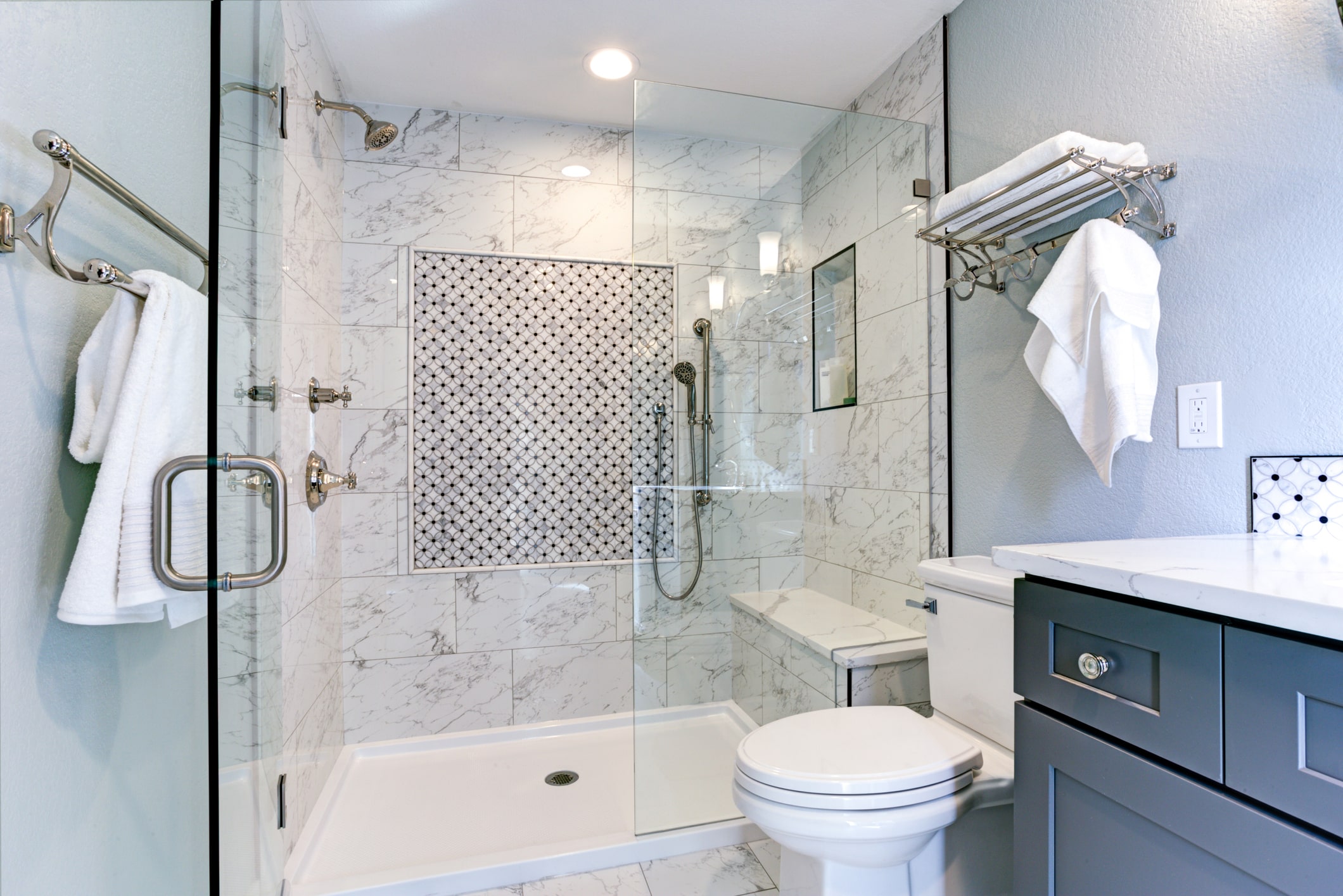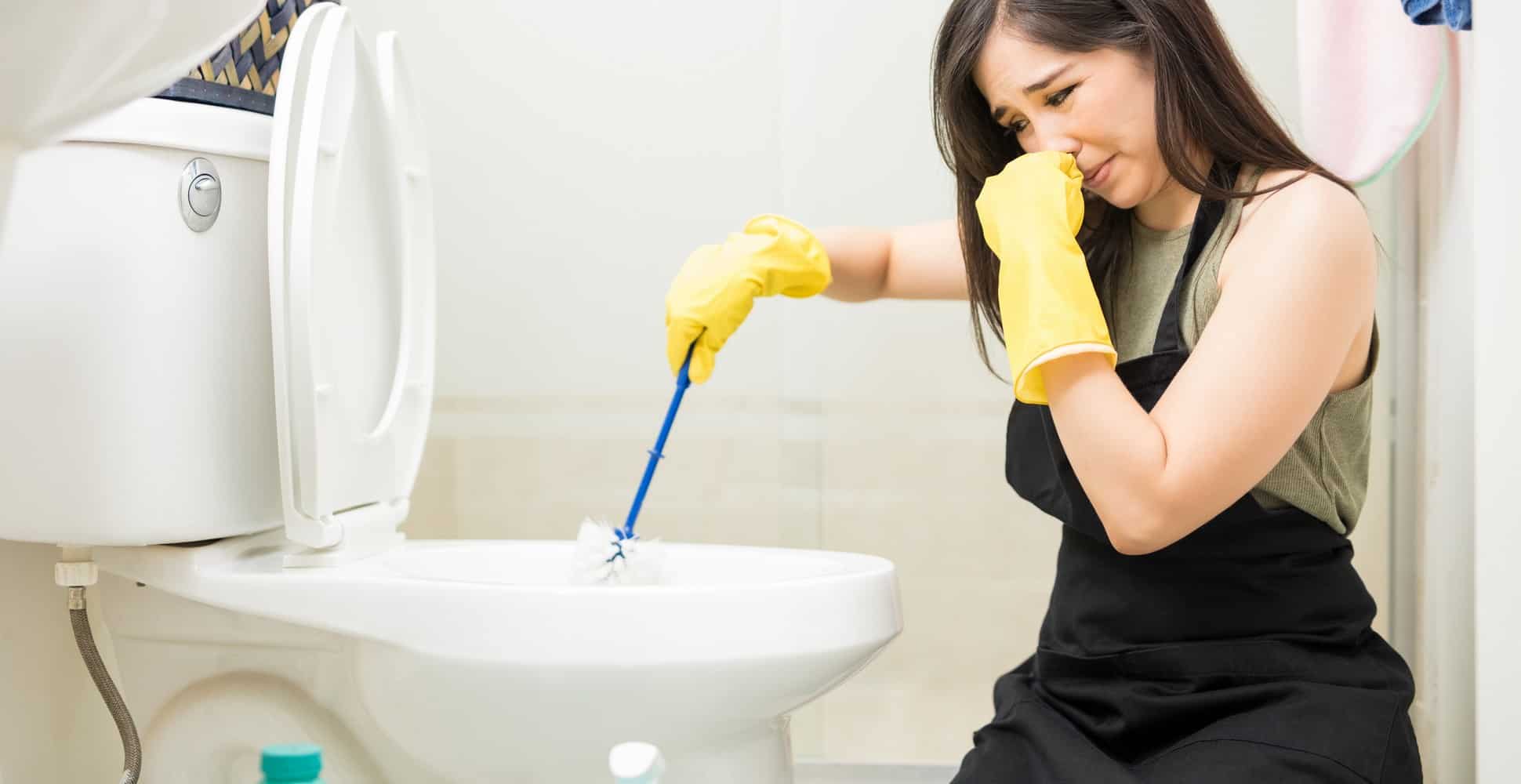Understanding the Problem: Toilet Overflowed Now Bathroom Smells

A toilet overflow can be a messy and unpleasant experience, often leaving behind a lingering odor that can be difficult to eliminate. Understanding the root causes of these overflows and how they contribute to the smell is crucial for effective remediation.
Common Causes of Toilet Overflows
Toilet overflows are typically caused by blockages in the drainpipe or issues with the toilet’s internal mechanisms.
- Clogged Drainpipe: The most common culprit is a blockage in the drainpipe, which can be caused by an accumulation of debris such as hair, toilet paper, or foreign objects. This blockage prevents water from flowing freely, causing it to back up into the bowl and overflow.
- Faulty Flush Valve: A malfunctioning flush valve can also lead to an overflow. This valve controls the flow of water into the bowl during flushing. If it fails to close properly, water can continuously flow into the bowl, exceeding its capacity and causing an overflow.
- Broken Toilet Bowl: Cracks or chips in the toilet bowl can also contribute to overflows. These imperfections can create leaks that allow water to seep into the bowl, eventually leading to an overflow.
- Overflow Tube Issues: The overflow tube is designed to prevent the toilet from overflowing. If it becomes clogged or damaged, it cannot effectively divert excess water, leading to an overflow.
Scenarios Leading to Lingering Odor
Toilet overflows can create lingering odors due to the presence of water damage and the potential for microbial growth.
- Water Damage: The overflowed water can seep into the surrounding floor and walls, creating dampness and promoting mold and mildew growth. These microorganisms release unpleasant odors, contributing to the lingering smell in the bathroom.
- Sewage Backup: In severe cases, a toilet overflow can be a sign of a sewage backup. This occurs when the main sewer line becomes blocked, causing wastewater to back up into the toilet and other fixtures. Sewage contains bacteria and other organic matter that release foul odors, making the bathroom smell particularly unpleasant.
- Stagnant Water: If the overflowed water is not cleaned up promptly, it can become stagnant and attract bacteria and insects. This can lead to a strong, musty odor that lingers in the bathroom.
Water Damage and Odor Development, Toilet overflowed now bathroom smells
Water damage from a toilet overflow can contribute to the smell in a multi-step process.
- Initial Saturation: When water overflows from the toilet, it saturates the surrounding materials, including the floor, walls, and possibly even the subfloor. This creates a damp environment conducive to microbial growth.
- Microbial Growth: Mold, mildew, and bacteria thrive in damp conditions. They decompose organic matter, releasing volatile organic compounds (VOCs) that contribute to the unpleasant odor. These microorganisms can also cause discoloration and damage to the materials they colonize.
- Odor Release: The VOCs released by microorganisms are what we perceive as odor. The more microorganisms present, the stronger the odor will be. In addition, the presence of stagnant water can also contribute to the odor by creating an environment where bacteria can decompose organic matter.
Addressing the Odor

A toilet overflow can leave behind a lingering, unpleasant odor. This odor is caused by the breakdown of organic matter, such as sewage and waste, which releases volatile compounds into the air. To effectively address this odor, a comprehensive cleaning plan is crucial.
Cleaning and Deodorizing
Thorough cleaning is essential to remove the source of the odor. This involves removing visible stains and disinfecting the affected area. Here’s a step-by-step guide:
- Ventilation: Open windows and doors to allow fresh air to circulate and help dissipate the odor.
- Initial Cleaning: Remove any visible debris or standing water with a mop or sponge.
- Disinfection: Use a bleach-based disinfectant to kill bacteria and viruses. Follow the product instructions carefully, ensuring adequate contact time for effective disinfection.
- Odor Neutralizer: Apply an odor neutralizer, such as baking soda or a commercial odor eliminator, to absorb and neutralize the odor molecules.
- Deodorizing Agent: Use a deodorizing spray or solution to further neutralize the odor and leave a fresh scent.
- Carpet and Upholstery Cleaning: If the odor has permeated carpets or upholstery, use a carpet cleaner or upholstery cleaner with a deodorizing agent.
Natural Remedies for Odor Removal
Natural remedies can be effective in eliminating odors. These remedies use readily available ingredients that are safe and environmentally friendly.
- Baking Soda: Sprinkle baking soda on the affected area and let it sit for a few hours. Vacuum it up to remove the baking soda and the odor.
- Vinegar: Mix equal parts water and vinegar in a spray bottle and apply it to the affected area. Allow it to sit for 15 minutes, then wipe it clean.
- Activated Charcoal: Place activated charcoal in a bowl or open container near the affected area. It absorbs odor molecules, reducing the intensity of the odor.
- Coffee Grounds: Place coffee grounds in a bowl or open container near the affected area. The coffee grounds absorb odors and leave a pleasant aroma.
Preventing Future Occurrences

A toilet overflow is a messy and unpleasant experience, but it can be prevented with proactive measures. By understanding the common causes of overflows and implementing regular maintenance, you can significantly reduce the risk of future incidents and ensure a clean and odor-free bathroom.
Regular Toilet Maintenance
Regular maintenance is crucial for preventing toilet overflows and maintaining a clean and functional bathroom. It involves a few simple steps that can significantly reduce the risk of issues.
- Flush Regularly: Avoid flushing unnecessary items like paper towels, wipes, or food waste, as these can clog the toilet and lead to overflows.
- Inspect the Flapper: The flapper is a rubber seal that controls the flow of water into the bowl. Inspect it for wear and tear, and replace it if necessary. A worn-out flapper can cause leaks and eventually lead to overflows.
- Check the Fill Valve: The fill valve regulates the water level in the tank. Ensure it is working properly and adjusting the water level as needed. A malfunctioning fill valve can lead to overfilling and overflows.
- Clean Regularly: Regularly clean the toilet bowl and tank with a toilet bowl cleaner. This helps prevent mineral buildup and ensures smooth water flow.
Identifying Potential Problems
Identifying potential problems early on can prevent toilet overflows and save you from costly repairs.
- Listen for Running Water: A running toilet indicates a leak, which can gradually fill the bowl and lead to overflows.
- Check for Water Dripping: A dripping toilet is another sign of a leak. The constant dripping can eventually fill the bowl and cause an overflow.
- Inspect for Cracks or Leaks: Regularly inspect the toilet for cracks or leaks around the base or in the bowl. These can indicate a damaged seal or a problem with the plumbing.
